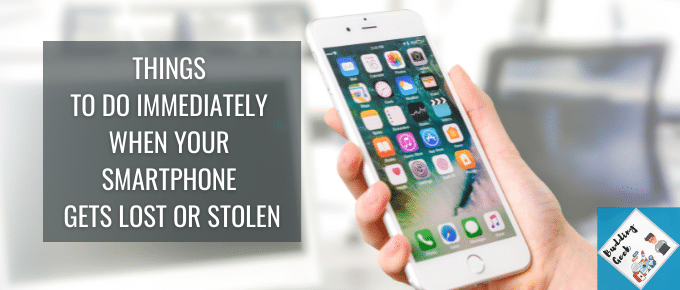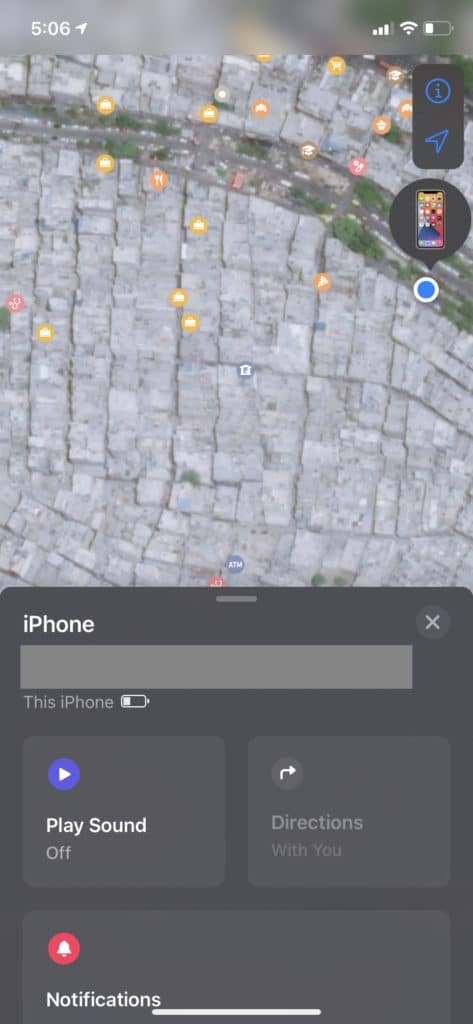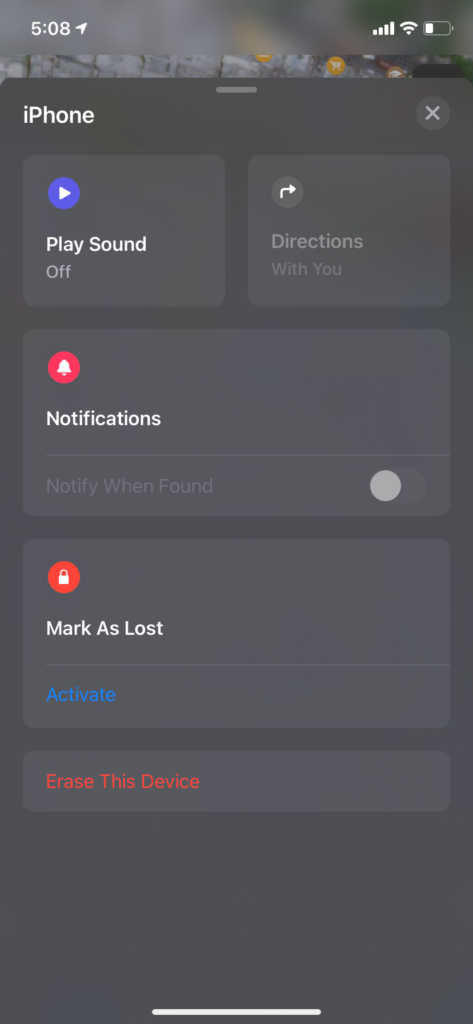Today, we are so much dependent on our smartphones that spending even a day without them cripples our life. Storing photos, videos, contacts, private emails, chats to even banking and credit information, the thought of losing your smartphone is nothing less than a nightmare. It’s quite usual to feel disheartened and panic-stricken on losing your smartphone. But instead of panicking, you need to act quickly to protect all sensitive information on your smartphone from any unauthorized access and misuse. In this blog post, I will share 6 things to do immediately when your smartphone gets lost or stolen. No need to fret. Act responsibly and just follow this guide.
How to find out whether your smartphone is lost OR stolen?
When you lose your smartphone, there can be two possibilities:
- It’s simply lost, i.e., You just misplaced it somewhere – may be on your office workstation, or may be at the billing counter while shopping at some store. There can be many possibilities.
- It has been stolen – Either someone has snatched it from you OR someone might have taken its possession when you’ve just misplaced it somewhere.
So calling your number is the first thing that you must do immediately. You can call using someone else’s phone. If you’ve misplaced it somewhere near, you could, most probably, hear it ringing, or vibrating (if you are a silent mode lover). If you’ve misplaced it at some distance, and if you could still hear the ringing tone on dialing the number, there is no need to panic – You can track it, and it’s at least not stolen.
However, on dialing your number, if you figure out that your smartphone is switched off, it has most likely been stolen. Thieves usually remove and break the SIM card immediately after stealing a phone.
Whatever your case is, you should follow these steps immediately after finding out that your smartphone is lost or stolen.
1. Track Your Smartphone
If you have simply lost your smartphone, tracking its location is the first ray of hope. Hopefully, you have a tracking app installed on your smartphone. Find My iPhone (for iOS) and Google Find My Device (for android) are both helpful tools for locating your smartphone. You may have left your phone at your workplace or a bar or even at a friend’s house. It could even have fallen between the couch cushions in your living room. Therefore, your first move, unless you actually saw someone steal your phone, is to track it.
Tracking your phone to an unknown location is unnerving, but take one more step, just in case: call it! Someone may have recognized a lost phone and is searching for a way to return it to its owner. If nobody answers, go ahead and assume it’s stolen, and take the right precautions.
2. Remotely Lock/Wipe Your Device
If you think your smartphone has been stolen, and if you can also track it on a map, then remotely locking and wiping your device is the next thing to do. The tracking apps you have installed on your phone probably allow you to remotely lock and wipe the device. Find My iPhone, for example, lets you do either of these things once you log into your iCloud account. Similarly, if you had an android device, you can visit Find my Device webpage to do what is required. If you’re not entirely sure the device has been stolen, lock the device, so nobody can get into it. If you are sure the phone has been stolen, wipe it right now. Losing some of your data, however valuable, is better than a thief having unauthorized access leading to possible misuse.
However, for this trick to work, your phone must:
- Be turned on
- Have location services enabled
- Have Find my iPhone/Find my Device (android) enabled
- Be connected to mobile data or a Wi-Fi network
3. Verify and Report Your IMEI
Your IMEI (International Mobile Equipment Identity) is a unique 15-digit number that is specific to your device. When you get a new phone, your carrier verifies that the IMEI is not on any lists of stolen devices. A smartphone with a stolen IMEI won’t work on most networks, even with a new SIM card.
Verify your device’s IMEI with your carrier, as soon as you get it. It’s also printed on a piece of white rectangular strip on the backside of your brand-new smartphone. Another way to know your IMEI number that probably works with all the carriers is to dial this code – *#06#.
If your phone is ever stolen, give your IMEI to the police. Your carrier will already know the code and will list the IMEI with other stolen devices. That way, a thief won’t be able to use your phone as a new device or sell it to someone else and expect it to work.
4. Report the theft
You need to tell two organizations about your stolen smartphone: your service provider and the police. When you tell your service provider, you avoid unauthorized expenses and data charges. The provider will put a hold on your account that prevents any activity being charged to you. They may also help you blocking your SIM card for any potential misuse. Each provider also has information on how you can get a new phone if there’s no way you’ll be able to recover the stolen one.
Tell the police, too. If you have a tracking app and have already located the phone, you should not go get it by yourself. Instead, get police help. They can use the tracking apps you have installed to locate and pick up your phone. Even if the police aren’t very helpful, you’ve filed an official report and now have an open case with your police department.
5. Remove Your Credit and Debit Cards
Many people have credit or debit cards connected to Apple Pay or Android Pay. Though your Apple Pay is hard to hack, because you need a fingerprint/FaceID to use it, you’ll still feel better removing this information. Even if your phone is password protected, you don’t want the thief to have any access to your money.
Borrow someone else’s phone or get on your computer as soon as possible to disconnect all your credit cards and accounts from your smartphone payment app. You’ll just have to get on iCloud or Android Pay to remove the cards.
Even if you can’t track or remotely wipe your phone, you can remove your credit card data, pull all your information out of the cloud, and report the device stolen. Do not delay when taking these actions, because quick action can help you protect your data and maybe even recover your device.
6. Change All Passwords Of Your Email, Social Media, and Banking Services
If you were able to remotely wipe data on your smartphone (as explained under heading no. 2), there is no need for this additional step. However, if you were unsuccessful at doing so, then immediately change all passwords of your email, social media apps, and banking services. By doing so, you can at-least limit the damage that may be caused due to potential misuse of your personal and sensitive financial data.
Tell us about your experience
I hope the post was useful. If you were delighted reading this post, please feel free to share the knowledge among your friends and family. Also, if in case you’ve gone through this misfortune, please share with us the steps you took to trace or possibly recover your mobile device.



